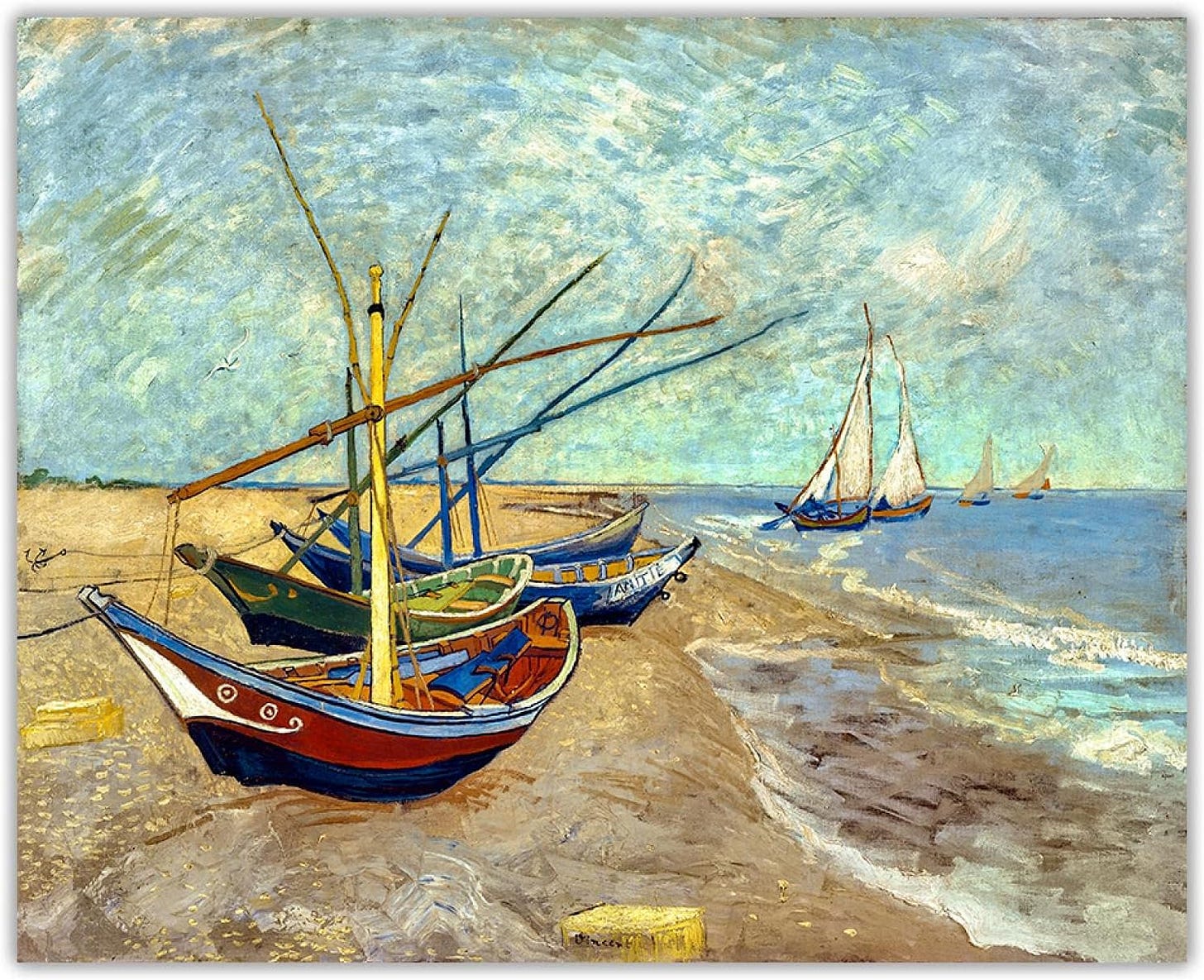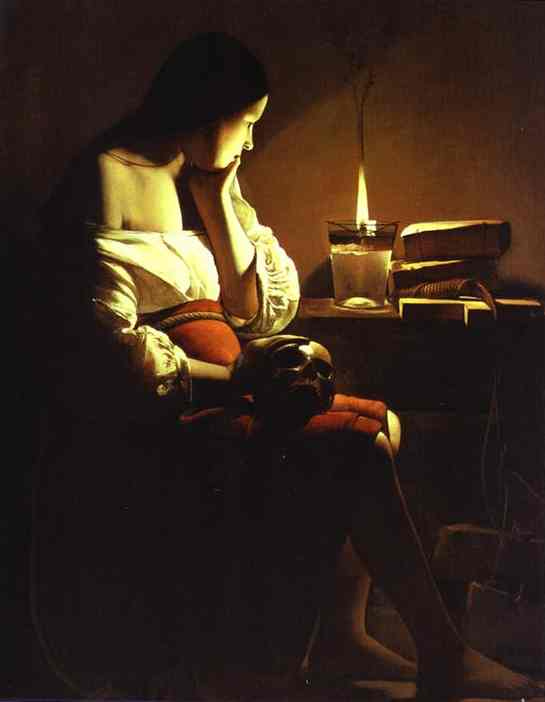Mary Magdalene's Feast Day
Exploring the truth about a powerful Feminine archetype and finding the courage to reclaim her legacy in spite of a centuries-deep patriarchal character assassination.
In honor of Mary Magdalene’s Feast Day, we’re holding a special exploration Heretic Happy Hour tonight — July 22 at 5:30 PDT / 8:30 EDT. Come connect deeply with Mary Magdalene and share your insights with our magical community.
A big welcome to new subscribers if you’re just joining us here at Secrets of a Magical Life! From mythic archetypes and psychic sensations to mystic experiences and otherworldly relations, this is a place to explore the magic of being human.
Blessings and HUGE gratitude to all my paid subscribers for making this creative space possible. Thank you from the bottom of my heart for your contribution to my work, to my life, and to this beautiful, burgeoning community. I appreciate you more than I can say.
Mary Magdalene in the South of France
After the death of Yeshua, the disciples were spread to the four winds. Across the sea in Southern France, a myth arose. Legend says that a boat with no sails and no oars landed on the shores of Provence. Three women named Miryam (Mary), including mother Mary and Mary called Magdalene, along with Martha, Lazarus, and an Egyptian servant named Sarah, are said to have landed at Saintes Maries-de-la-Mer, now named for the arrival of the “holy Marys from the sea.” The story, which has been told and retold since at least the 6th century, says that each of the travelers settled in a different area of the South of France. Churches and towns dedicated to each of the famous biblical characters dot the Mediterranean shore, and Mary Magdalene herself is said to have started a church and retired to live out her days in a grotto on the mountain of Sainte Baume.
Why are so many modern seekers fascinated by this tale?
Why does the legend of Mary Magdalene call to us through the ages?
The story of Mary Magdalene in the South of France is not implausible. Pursued as the apostles were by the Romans after the crucifixion, fleeing Jerusalem was a necessity. Meanwhile in France, a Jewish princedom recognized by local authorities was thriving. What better location for a renegade than among her own people? Centuries later, this region would be known as Occitania—famously friendly to women and Jews. Could the legend (or presence) of Mary Magdalene have impacted the local culture?
While the truth and origins of these tales are un-provable, Mary Magdalene did become one of the most revered saints in France. Churches dedicated to her abound throughout the country, and the story of her arrival in the South is so widely accepted in Provence that it’s still taught to schoolchildren.
What makes Magdalene’s story so interesting for modern Christians and non-Christians alike?
The Apostle of Apostles
The gospels tell us that Mary Magdalene was present throughout the ministries of Yeshua. She followed Him much like the other disciples, listening to His teachings and participating in many important events throughout the story. She was front and centre at the passion and the resurrection, but her tears were a woman’s tears, her company was with the women. For this, she was stripped of importance.
Yet biblical evidence—even in the four canonical gospels—shows Miryam Magdalene’s unequivocal importance to the story.
She anointed the feet of Yeshua with precious nard, and is still depicted with the alabaster jar in recognition of the importance of this action. The Hebrew word mashiach (messiah) simply means Anointed One.
She was the first witness to the resurrection, earning the title Apostle of Apostles. Though the others disbelieved her, she was trusted to be steadfast in sharing the news of Yeshua’s resurrection.
If this story were viewed as any other myth…
Miryam Magdalene would be a profoundly important character—
the catalyst by which the two great transformations of the hero occurred.
Christianity—A Dangerous New Religion
Around the time of the BC/AD changeover, Roman society was still reeling from the patriarchal revolution. It had taken centuries to overthrow the Earth-based, Mother Goddess religions of the Mediterranean and install a judgmental, condemning patriarchy in its place.
The leaders of contemporary Rome, who enjoyed their relatively newfound power, were naturally wary of this new religion. In the seeds of early Christian stories, it was easy to see the ancient Goddess myths being played out once again.
A child born of mother and spirit…
Worship of a mother and child…
A king in his prime sacrificed in the spring…
The resurrection that always followed the sacrifice…
Teachings that told the people to look inside themselves for Truth…

Christianity was dangerous from the beginning, but by the 4th century, it was beginning to take root. Thus a council was formed to decide how the doctrines of this new religion should be taught and lived, to ensure that it didn’t endanger the balance of patriarchal power.
Emperor Constantine—who officially made Christianity the religion of ancient Rome—called for the Council of Nicaea in Anno Domini 325. This conclave of 250-300 Christian bishops, priests, and acolytes of ancient Rome, convened to make major decisions about the future of the new religion.
In the daily lives of early believers, differences in the practice and study of the life of Yeshua were profound and straying wider all the time. The early church included women bishops, direct connection with the Divine, and a plethora of writings from sources connected with the story of Yeshua’s life and teachings.
At the Council of Nicea, certain interpretations of the Bible’s stories were decided, including which books were to be included in the canonical gospels, a decision which would have resounding consequences on the shape of Christianity down through the ages. The books chosen omitted much of what would later come to be called Gnostic Christianity—a religion in the spirit of Yeshua that focused on direct knowing. And when these decisions were made, Mary Magdalene, along the many references to her deeper understanding of the teachings of Yeshua, were left out of the Bible.
Instead, the student who was by his side every step of the way, was reduced to being “one of the women” in the story.
Mary Magdalene—The Penitent Whore
The final character assassination of Mary Magdalene came many years later in 1591. A sermon given by Pope Gregory spawned an idea for which there is no evidence in the literature—that Mary Magdalene was the penitent whore, only ever referred to in the Bible as a “woman”. This confusion of the story has since been officially recanted by the church, but the damage was done. Mary Magdalene’s legacy has been shadowed by rumors of sin instead of the loyalty and discipleship.
The idea that Mary Magdalene may have been one of the most important disciples in the Biblical story has been threatening to every age—even unto today.
The patriarchy wrote these histories intentionally, because robbing Christianity of a powerful woman served the men in control. Societies where women are empowered as equals are fundamentally different from those dominated by a hierarchical power structure. Where women are empowered to bring their natural relational priorities to the conversation, there is more cooperation, there are fewer hierarchies, and there is less striation between classes. Basically, the powerful have less power in a world where women are equal.
The Feminine Lives on in France
So what does France remember that the rest of us have forgotten?
Until the 13th century, the South of France—called the Midi—was a country of radical progressivism. Jews held positions of power and women were treated with unheard of equality. The region flourished independently, brimming with education and new ideas as almost nowhere else. Until the Albigensian Crusade of the 13th century brought the church in to quash these freedoms, women in Old Occitania were treated differently from almost anywhere else in the ancient world.
France is still a country filled with the softness of the Feminine archetype. It’s a land of beauty, where intelligence and equality flourish. A land where the Feminine is celebrated as something very different from patriarchal power yet filled with mystery and wonder. What can we learn from this example in accepting women as different but equal?
It’s easy to see why Mary Magdalene was rejected by history. It’s easy to guess at why early church fathers and even the disciples themselves would have despised her, relegating her to the position of penitent whore.
The question becomes:
Do we have the courage to say that the Council of Nicea and Pope Gregory may have been wrong?
Do we have the intelligence to look again at the words of the Gospels and how Jesus treated this faithful woman?
Do we have the strength to set aside our fears and sexism and reclaim one of the strongest role models available for women today?
Who was Mary Magdalene really? The story and the cover-ups are as deep as herstory itself.
Join us for a powerful exploration of Mary Magdalene and what she means for us today…
⭐️ Monday, July 22 — 5:30pm Pacific / 8:30pm Eastern ⭐️
Join the adventure of a lifetime and explore the legend of Mary Magdalene, the power of the Divine Feminine, and so much more on an Ancient Mystery Quest in the South of France!









Allysha, again, I related to everything you wrote here. Mary Magdalene speaks to me so deeply. And I have known about how patriarchy and Rome abducted Christianity for quite some time now. This became the solid foundation for all that emerged after that. A beautiful means of seeing the sacred in ourselves and each other was made impure, profane. What was once considered malicious became the truth. What was deeply sacred as the equanimity of life is now considered evil. I have been on my own journey for years now into the deep feminine natures of life, the split of the Madonna and whore. Truly seeing deep into the patriarchal programming and how easy it is to fall asleep into it all if you don’t know what you are looking at. I am too awake now, which is a complete blessing. But it is also a curse. To deeply see into this inversion is not easy, especially when others are blinded to it. Thanks Allysa for bringing your part forward in this all. Question for you, when is the next trip to S France?